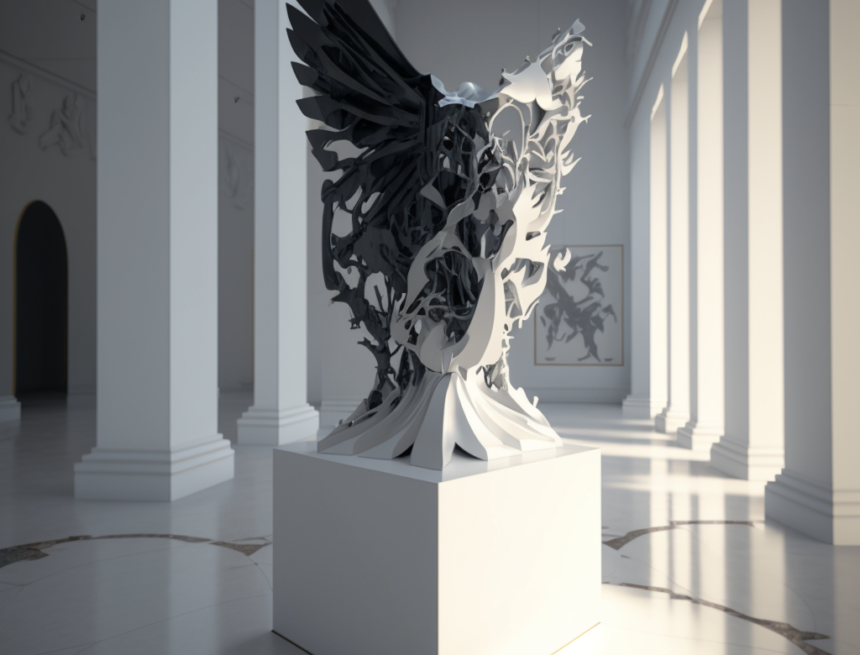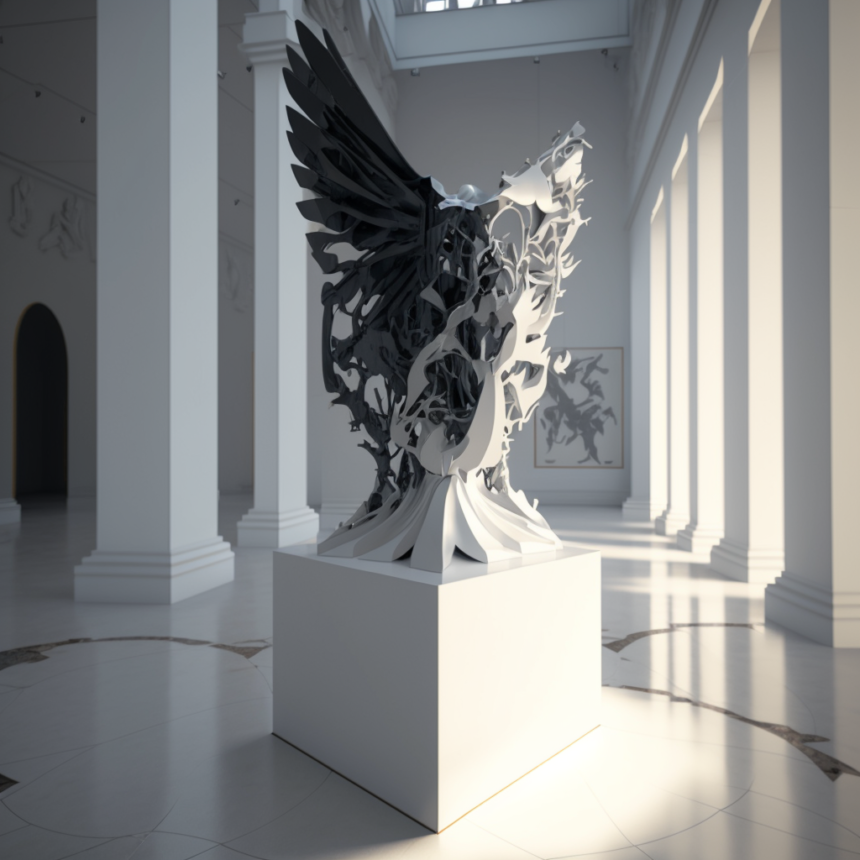
With its potential to generate new and exciting forms of creativity, Artificial intelligence (AI) has become a hot topic in the art world. Some artists are concerned that it may eventually render their work obsolete. While it’s true that AI-generated art is a new and rapidly evolving field, the truth is that it poses no threat to traditional artists. Instead, it should be viewed as an opportunity for artists to explore new creative avenues.
In the Midjourney server, for example, artists come together in voice channels and stream as they paint, using AI as inspiration for their traditional work. In AI comic book groups on Facebook, artists and writers help one another make comics. Whether it’s an artist using AI to generate backgrounds for their hand-drawn characters or a creator looking for assistance getting character consistency with an art program, creators are merging on a spectrum from traditional mediums to digital and AI tools.
One of the reasons why AI is not a threat to traditional artists is that the more technology is used to create digital imagery, the less interesting the results become. The easy-to-use software allows individuals to generate an abundance of digital art, leading to a loss of scarcity and a subsequent loss of interest. Physical art, on the other hand, remains in high demand as humans continue to crave the physicality of art. This is evident in the rise in popularity of traditional artists on YouTube, Instagram, and Twitter. These artists showcase process videos and pictures, sell original handmade works, have Patreons for exclusive content, and sell stickers and prints through online and local shops. Additionally, there has been a noticeable revival in other handmade materials, such as ceramics, textiles, and sculptures.
AI-generated art is created using an image generator that is trained to understand the content of hundreds of millions of images, usually scraped from the internet. While this has led to ethical questions around the use of other artists’ work without their consent, the legal and ethical issues will take time to sort out. However, if you are an artist who works in traditional mediums, such as sculpture, oil painting, ceramics, or watercolor, for example, there is nothing to fear. Just as the invention of the photograph and the creation of digital art did not remove the importance or beauty of traditional art, neither will AI. Like each invention before it, AI-generated art will slip into its own niche, and all art mediums will continue to exist as a form of expression and storytelling in their own spaces.
Rather than viewing AI-generated art as a threat, artists can instead embrace it as something to be curious about. AI-generated art has its own fascinating history, an intoxicating present, and an unknown future. One example of an early masterpiece of AI-generated art, called “Unsupervised,” is currently on display at the Museum of Modern Art (MoMA) in New York. The work, by artist Refik Anadol, uses machine learning to “interpret” the museum’s permanent collection and “dream” about modern abstraction.
Anadol, who started making AI-generated art seven years ago during a residency at Google, has three works on display at MoMA. His work was also used as a backdrop at the Grammy Awards this year. Anadol’s ability to convert difficult ethical questions into causes for quiet optimism is evident in his work, which serves as inspiration for many artists. The art world can live with AI-generated art as it has been doing so for decades. And while AI-generated art is a new and rapidly evolving field, it should be viewed as an opportunity rather than a threat to the traditional art world.


Leave a Reply